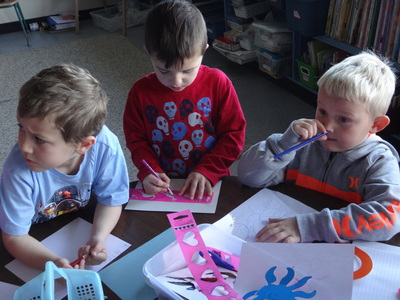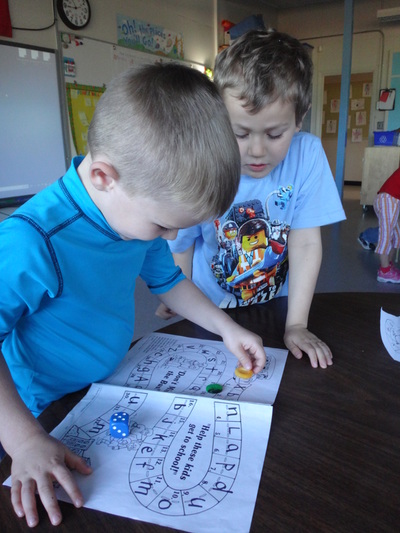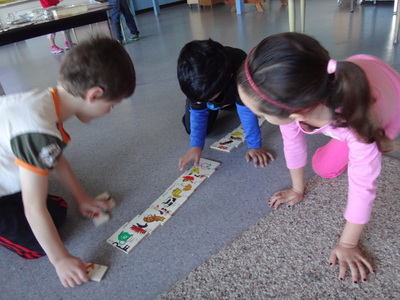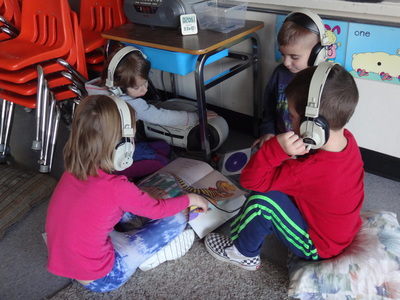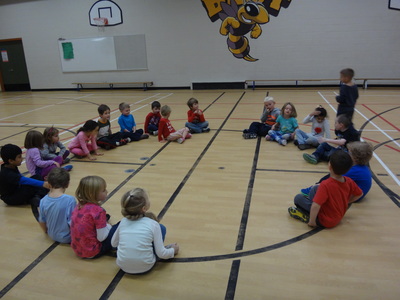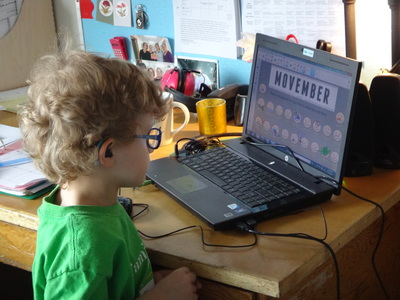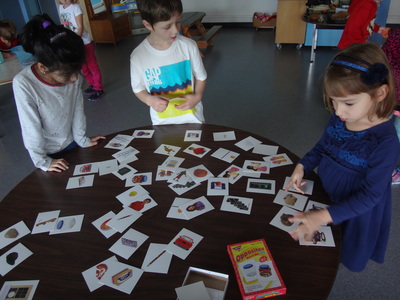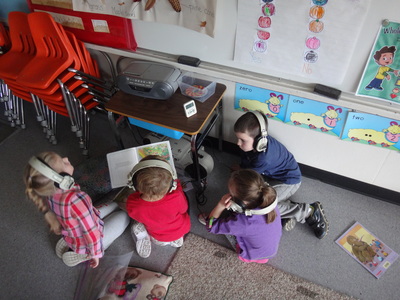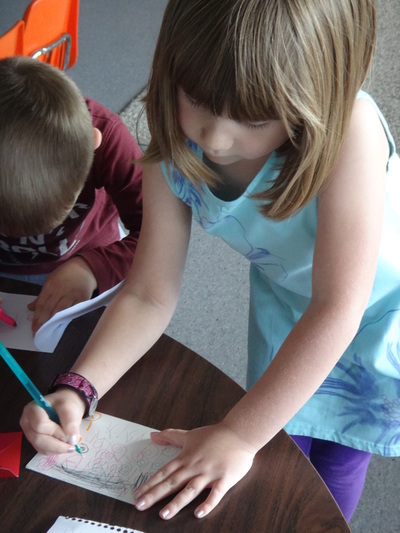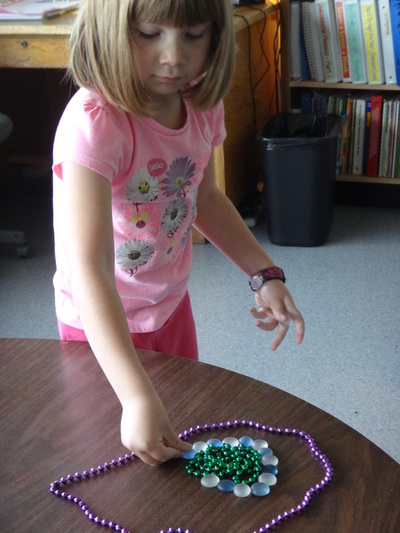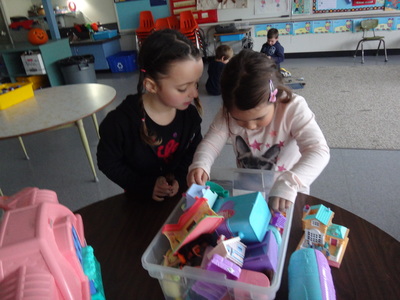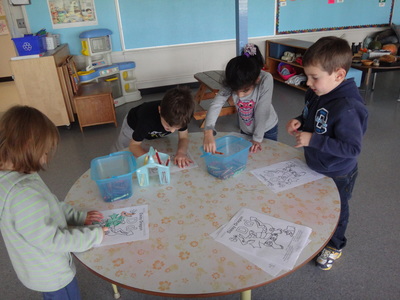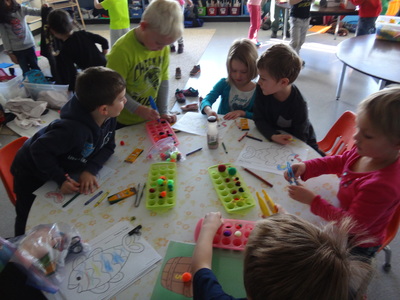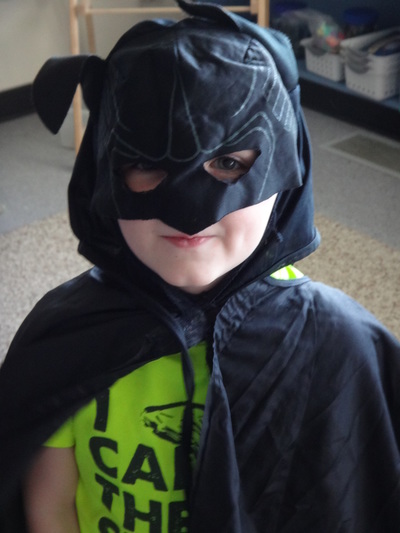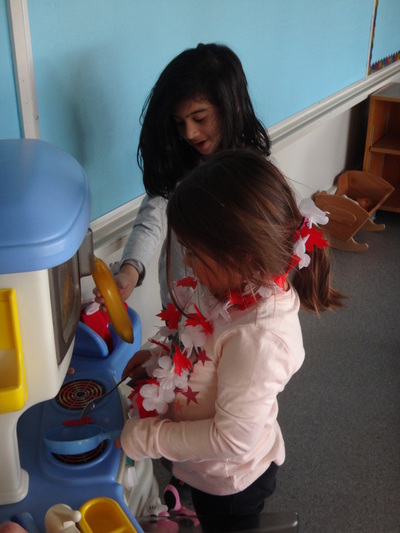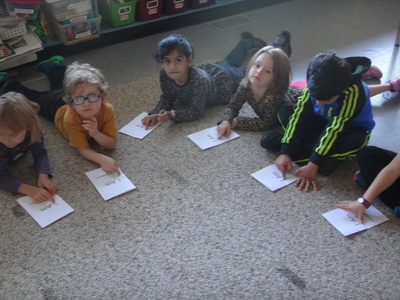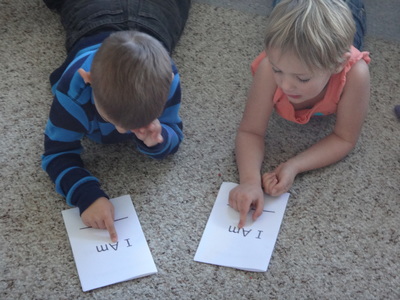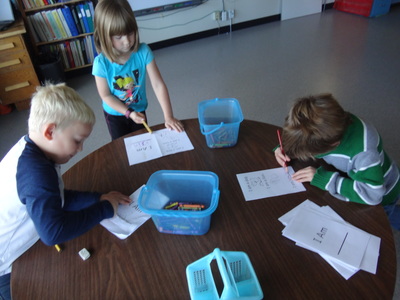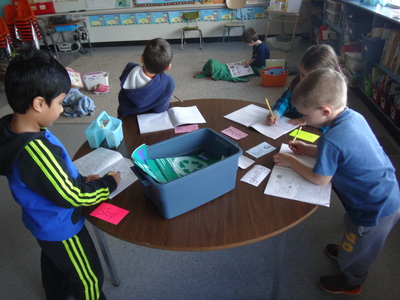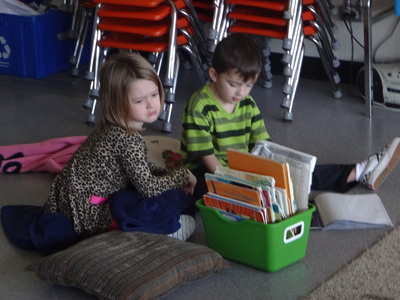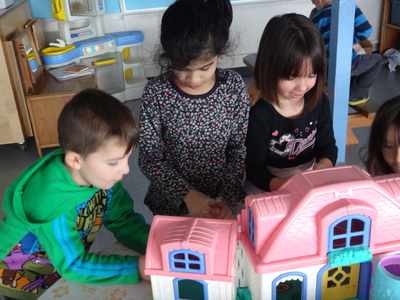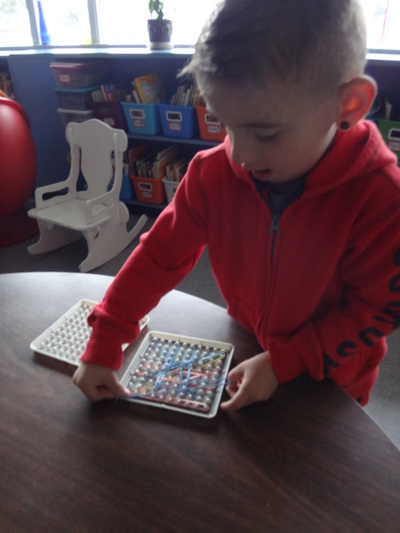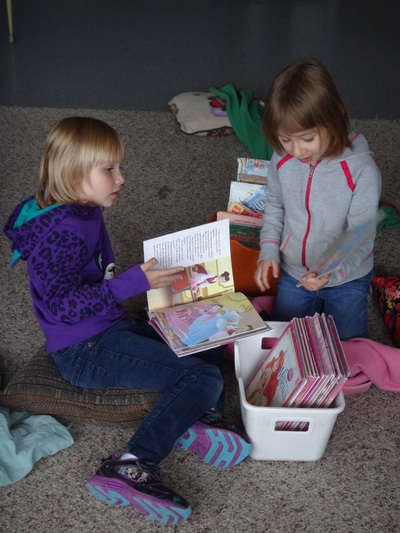|
Did you have a good week? Having a day at home in the middle of it all was lovely but I find Nov. 11 often produces some sober musings, and well it should. I spent most of the day doing the usual must-be-done things but I also took a few moments to remember why I was home and not working. Our Remembrance Day assembly on Tuesday was very well done and I was happy to see many parents join us. The children were so well behaved at the assembly that they earned two points on the You/Me game. I was so proud of them! At the end of the assembly, after three classes had sung In Flanders Fields and we had watched two children from every class lay a wreath underneath a cross with the words 'We will remember', some of the children were feeling sad. Truth to tell, I always feel emotional at the Remembrance assembly too. And I couldn't help but wonder what must have been going through the minds of the three veterans sitting next to me that morning. So while I was thankful to have a day at home in the middle of the week, it seems ungracious to revel in it as the cost for it was so high.
 Since Wednesday, when I reluctantly wobbled out of bed (what felt like far too early) and looked out the slowly lightening window to see our first serious frost, all I have been thinking about (other than dark chocolate, of course) is that famous oft-quoted line from Game of Thrones. You know the one-- "Winter is coming." And I must have known it was coming sooner rather than later because the night before I had pulled a thicker coat out of the storage closet. Not the full-on down-filled winter jacket because that would be like asking for it, but a warmer one. And while the winters here are so much milder than the ones we experienced farther north, and I know they are a necessity (and inevitable), I still dread their coming. I dread the walking and driving through ice and snow, the stepping in puddles in our socks in the hallway and wet clothes, the extra time it takes from our activities to put on and take off all of our outdoor things and the constant cold hands. But the children are looking forward to winter and snow with such joy and delight that it is contagious and I've had to loosen my grip on my winter apprehensions. It is a gift to be able to look at things through the eyes of little ones and partake of their excitement and wonder. And I am thankful to be able to do it every day, all day. So... winter is coming.
 figure 1 figure 1 Pencil skills, and particularly handwriting, is a more complex skill than we often realize. A child's ability to color within the lines, trace over a shape and draw simple pictures forms the building blocks for writing letters and words. Mastery of these skills enables children to focus on the content of their writing rather than the mechanics of pencil control, pencil grasp, speed and movement. Handwriting is influenced by the development of appropriate sensorimotor, perceptual and cognitive skills. While the most efficient way to hold a pencil is the dynamic tripod grasp (figure 1) many other patterns are commonly seen in children and it does not always require intervention or modification. In the dynamic tripod grasp, the pencil is held between the thumb and index finger, with the pencil resting on the middle finger. It is important to try to modify the pencil grasp as early as possible if the grasp is not functional. It should be known that pencil grasp does not influence legibility so it is not a reason to change a grasp. Reasons to help a child find a functional pencil grip that works for them include: biomechanical stress on joints of the hand, fatigue or pain during writing tasks, compromised writing speed, and immature grasps that lack stability and/or mobility. Adaptive pencil grips may be helpful in teaching students to modify their grasp and are used to facilitate an optimal pencil grasp. There are many different types of grips available. For a pencil grip to be effective, the student needs to be involved in choosing the grip and to understand the importance of using it. There are other ways to help a child correct an improper grip without using an adaptive pencil grip. Using a shorter pencil means less space for cramming in unnecessary fingers. It basically forces kids to pinch with thumb and index finger. If shorter pencils don’t help, then teach the “pinch and flip”. Simply have them pinch the sharpened end of the pencil and then flip it around until it gently rests in the “webspace” (that soft skin between your thumb and index finger) in the ready position. If shorter pencils and the “pinch and flip” don’t work, then try having your child hide something under their pinky and ring fingers. These two fingers are supposed to bend toward the palm while the thumb, index, and middle fingers do all the work. It really doesn’t matter what they hide under their last two fingers, as long as they can comfortably do so without their fingers bulging out from their hand because the item is too big, or having to squeeze too tightly because it’s too small. Try using a small ball of playdough, marble, crumpled piece of tissue paper, or tiny rubbery toy. With some work, a child’s grasp can be adjusted and made more functional. With this change, they might see less fatigue and/or pain with writing, and therefore might be more willing to work on letter formations, line placement, and spacing: components that are really going to change the legibility of their writing. |
Mrs. Bowden &
|






